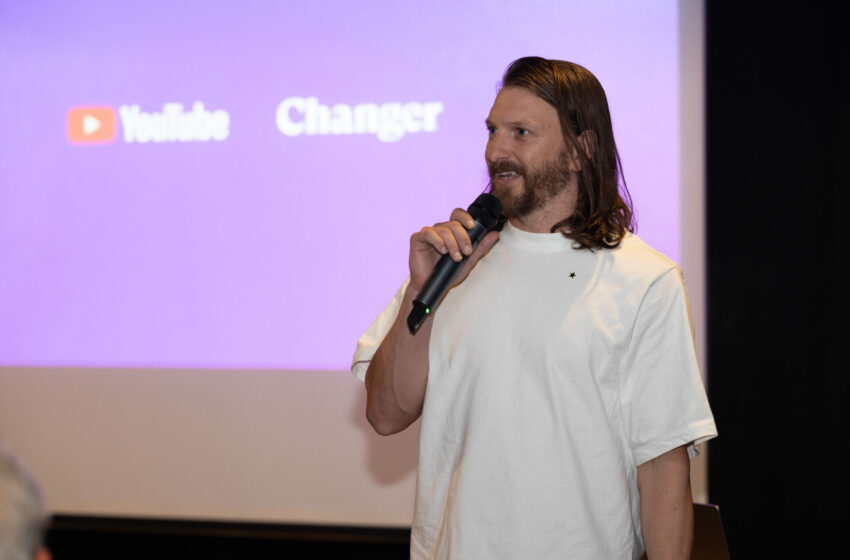Fashion and lifestyle influencer Maryam Salam-Adesh rejoined the tech world earlier this year, and she hasn’t looked back.
The 29-year-old started posting on Instagram in 2014 and loved having a creative outlet to document her life in Canada after moving from the UK. Her success in monetizing her platform persuaded her to try full-time content creation in 2023. However, she made almost no money after going full time, as the number of brand partnerships she had dwindled and other efforts to monetize her platform fell short.
“At the start of every month, I didn’t know how much money would be coming in, and it was very unsettling,” she told Business Insider. “It got to the point where my bank account was actually at zero.”
The lack of financial stability, among other factors, prompted her to start applying for jobs in January. She landed a senior position at a tech company.
Like Salam-Adesh, several influencers BI spoke with described how they’ve either returned to the traditional workforce or chosen not to pursue careers as full-time content creators because they wanted to learn new skills, work as a part of a team, and have more consistent income.
Hong Kong-based creator Anushka Purohit decided to dive into a corporate 9-to-5 job after graduating from college instead of becoming a full-time creator because of the perceived financial instability.
The 24-year-old, who primarily posts on LinkedIn and Instagram, also wanted to build skills she believed would only come from working with other professionals at a well-established firm.
“The sheer exposure that you get being a part of a bigger company is something that’ll take you a very long time to build organically on your own,” Purohit said.
Structure, transferable skills, and new connections are all perks of a 9-to-5
New York-based creator Mitchie Nguyen said the joy of connecting with other people in her workplace and collaborating on projects couldn’t be replicated as a full-time creator who mainly works alone. That’s why she decided to re-enter the corporate world as a product marketing manager at a tech company.
“The idea of full-time content creation is often more glamorous than reality,” she said. “As a full-time job, it can get incredibly lonely.”
The 29-year-old, who creates personal finance and career content for her 136,800 followers on TikTok and 45,6000 followers on Instagram, said she prefers working with colleagues on products that can impact millions of users rather than focusing on specific audiences with her content.
Nguyen previously held roles at LinkedIn, Google, and Meta, which helped her get hired in her current role more quickly than expected, she said.
“Working in corporate builds a lot of transferable skills and offers a lot more long-term stability,” she said. “From pitching and winning new deals to negotiating contracts, I attribute a lot of my success monetizing social media to my corporate background.”
Purohit also said the skills she’s learned in her 9-to-5 have made her a better creator. For example, keeping a consistent posting schedule, which has helped her accounts grow in the past two years, is a discipline she’s cultivated because of her banking job.
“It’s much easier to compartmentalize; for example, I’ll always post after I finish work at 6:30 p.m.,” she said. “It helps me take it a lot more seriously as a job.”
Income from brand deals is unpredictable
Before becoming a full-time creator, Salam-Adesh worked in tech and balanced the demands of her corporate career with social media. She created sponsored content with brands like Staples, the money-transfer app Pesa, and the financial-services company RBC, as well as a few global fashion companies. However, depending on the funds from those brand deals was much more nerve-wracking when she didn’t have other income streams to fall back on.
She had to rely on her savings for daily expenses, which she saw dwindle as the months passed, and constant outreach to brands didn’t yield the results she expected.
She also said she was at a stage in her life when her expenses were rising, needing to support a baby and pay a monthly mortgage on her house.
“I eventually realized the lack of structure and stability just wasn’t suited to my lifestyle, especially as a new mom,” she said. “I needed a safety net.”
While spending on influencer marketing has increased overall, Salam-Adesh said that, based on her conversations with several brands, talent managers, and other creators, she thinks influencer-marketing budgets are shrinking, especially for Black creators like her, who are usually paid less for brand deals.
“We have to work twice as hard as our white counterparts because opportunities don’t just fall into our laps,” she said. “I found myself constantly pushing back, negotiating, and sometimes getting ghosted, so that was really stressful.”
Nguyen also said she’ll never go back to full-time content creation because of the financial instability. The paid benefits that a corporate job provides, such as health insurance, 401(k) matching, and transportation reimbursements, are factors she believes not enough creators consider when weighing the pros and cons of a 9-to-5.
Being a full-time creator can also hurt your social-media brand if you compromise for the money.
“Personally, I enjoy being in a position where I can turn down brand deals when they don’t fully align with my beliefs or goals,” Nguyen said.
Correction: May 30, 2024 — An earlier version of this story misstated Maryam Salam-Adesh’s name and age. Her first name is Maryam, not Mariam, and she is 29, not 32.



